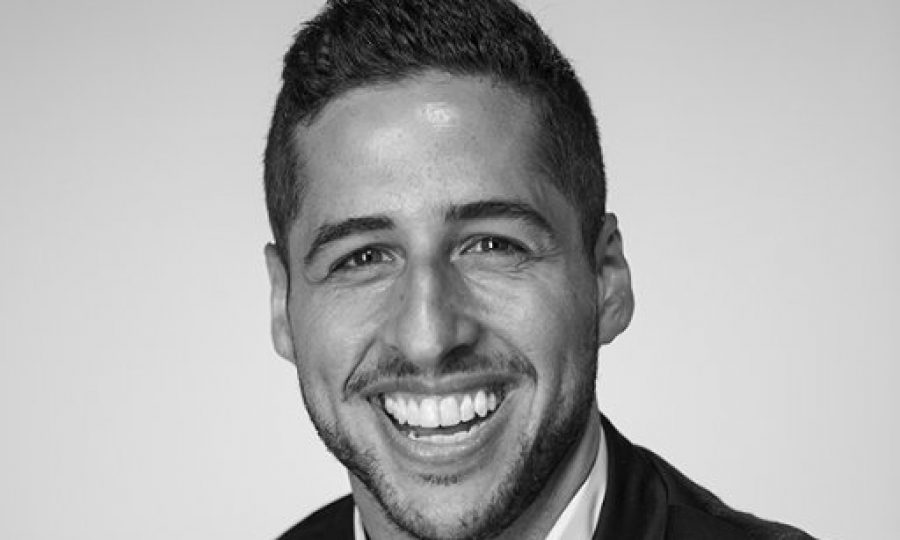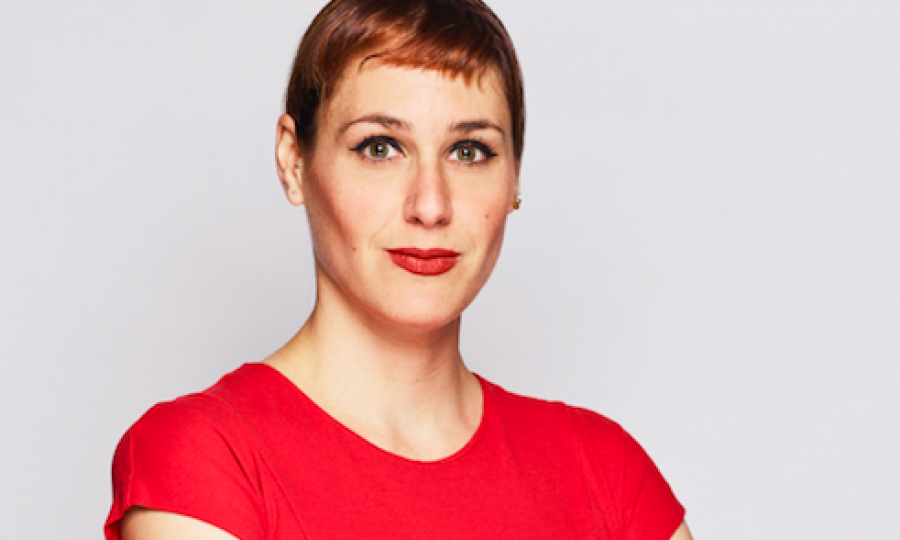Ben Kaplan has worked across publishers, brands, as well as agencies, enabling them to achieve additional reach, engagement and data-driven insights. Ben currently leads all of Meredith Digital’s ad product marketing and strategy. In addition, Ben also oversees custom ad product design as well as native, video, social and influencer operations.
In this interview, we cover:
- The biggest changes in the last decade, when it comes to buying/selling content.
- Key metrics Ben looks at in order to grow his content business.
- What Meredith does differently.
- Does Ben expect Meredith’s content sales to grow/decline?
- How to get the best work out of clients.
- Ben’s favorite content campaigns.
- The biggest challenges the industry is currently facing.
- Ben’s reply to people who say that content isn’t the future.
- Branded content predictions.
- What the publishers that create the best branded content do differently
Q: Since you first started your professional career in -09, with Sports Illustrated, what have been the biggest changes in the industry since then, in terms of buying and selling content?
The biggest change over the past decade has been the ROI guarantee in which advertisers and media companies transact. A decade ago, the model was exclusively flat fee, where the publisher would create content and publish it on a destination (likely within the publishers owned and operated channels) at a fixed cost.
The industry then evolved to a promotion model; advertisers wanted to purchase not for the content itself but instead for the production plus promotion at one overall impression amount.
Now the focus is on the content’s consumption or how many views the content receives from the targeted users within a particular execution. The content itself is essentially free and comes with the package; the advertiser pays for the consumption performance.
Q: Since you started, you’ve jumped between editorial and business roles. With both sides in mind, what would you say are the key metrics you look at in order to grow your content business, whilst at the same time increase the quality of the content you’re producing?
There are campaign performance and then overall business metrics.
On the performance side, I focus on where the user consumes the content experience (e.g. in social, on site) as well as how long the user engages with and what they do after exposure to the content. More specifically and by platform, I examine user time spent with an article, video, infographics, etc. as well as did they click out to the brand.com, share it with their network or even transact from it through an e-commerce portal.
With business metrics, my focus is on win rate, average digital insertion order as well as repeat partners. Win rate is number of sales to pitches made, verified by our sales management toolset, which showcases how our proposals resonate with partners and if they emerge superior to the competition.
Average digital insertion order helps showcase if we are driving incremental revenues as well as how much of those dollars are due to content marketing solutions. Repeat partners is likely the most important, as we look to provide campaigns with white-glove service that deliver on KPIs and help create deeper partnerships moving forward.
Q: According to the 2018 Advertiser Intelligence Report, Meredith was ranked #2 on the list of media companies with which to do business. What do you think you do differently to other media corporations that has enabled you to get to that position?
I believe it comes down to Meredith’s focus on customer service as well as its differentiators across brands, data and content.
For partners, Meredith take an extremely solutions-oriented approach to help them achieve each client’s business goals. The organization believes on clear, consistent communication and transparency to help service as well as empower its client.
With its users, Meredith places extreme importance on delivering the best consumer value at numerous moments across diverse, trusted and reliable brands. Meredith has a massive, dynamic and highly engaged audience that it continually tries to serve the right experience to the appropriate person at the most opportune time.
Meredith brands also consistently develop immersive and engaging content experiences across all different formats and platforms. Combined with authenticity and context, all these differentiators work together to enable Meredith to best connect advertisers with its consumers in effective ways.
Q: Do you expect Meredith’s content based revenue to grow/decline in the next 12 months?
I cannot provide a specific number, but the percentage continues to rise substantially every year. I expect it to grow based on consumer behavior, advertiser interest as well as innovative formats and ways to buy (e.g. programmatic).
Q: How do you get the best work out of clients?
The best work most often comes when the partnership is truly collaborative and a discussion throughout the process.
We want to be clear and work with our clients on specifically what they want to achieve, while still delivering value to Meredith consumers.
Q: What content campaigns have been your favorite and why?
My favorite campaigns are ones that are deep, multi-flight executions where Meredith helps tell impactful and substantial stories to a target audience through the lens of multiple brands that resonate most with those users.
In contrast to short-stint campaigns, these partnerships focus on establishing a more meaningful connection between client and user that goes beyond impressions and views.
Q: What’s the biggest challenge the industry is currently facing, from your perspective?
In my opinion, there are two main challenges: offline attribution and programmatic formats. Some publishers (like Meredith) offer ways to connect media investment to offline sales for clients; however, many others struggle to provide such a solution like this at scale as well as one specific to branded content programs. With programmatic, native placements that promote branded experiences are mainstream; yet, the entire ecosystem (e.g. content itself, diversity of promotional formats, reporting) has yet to fully evolve to that model.
Q: What do you say to people who say that content isn’t the future?
I agree and say it’s part of the future. My prediction is that digital advertising will evolve to a barbell. This barbell has programmatic on one side and direct sold custom experiences on the other, with proprietary data capabilities underscoring both elements.
Q: What do you predict will have changed when it comes to branded content, a year from now?
I expect fewer as well as deeper content partnerships between clients and media companies. These will be higher spends that span annual or multi-year agreements.
Q: Is there anything else you’d like to share?
The publishers who do branded content best combine strong creation as well as activation when it comes to their programs. The creation side incorporates data-informed strategy, ideation and eventual production. For activation, it centers around what happens once content is created: where it lives, how it’s promoted and what are the key business analytics to garner from it.

|
|---|
 Skip to content
Skip to content


